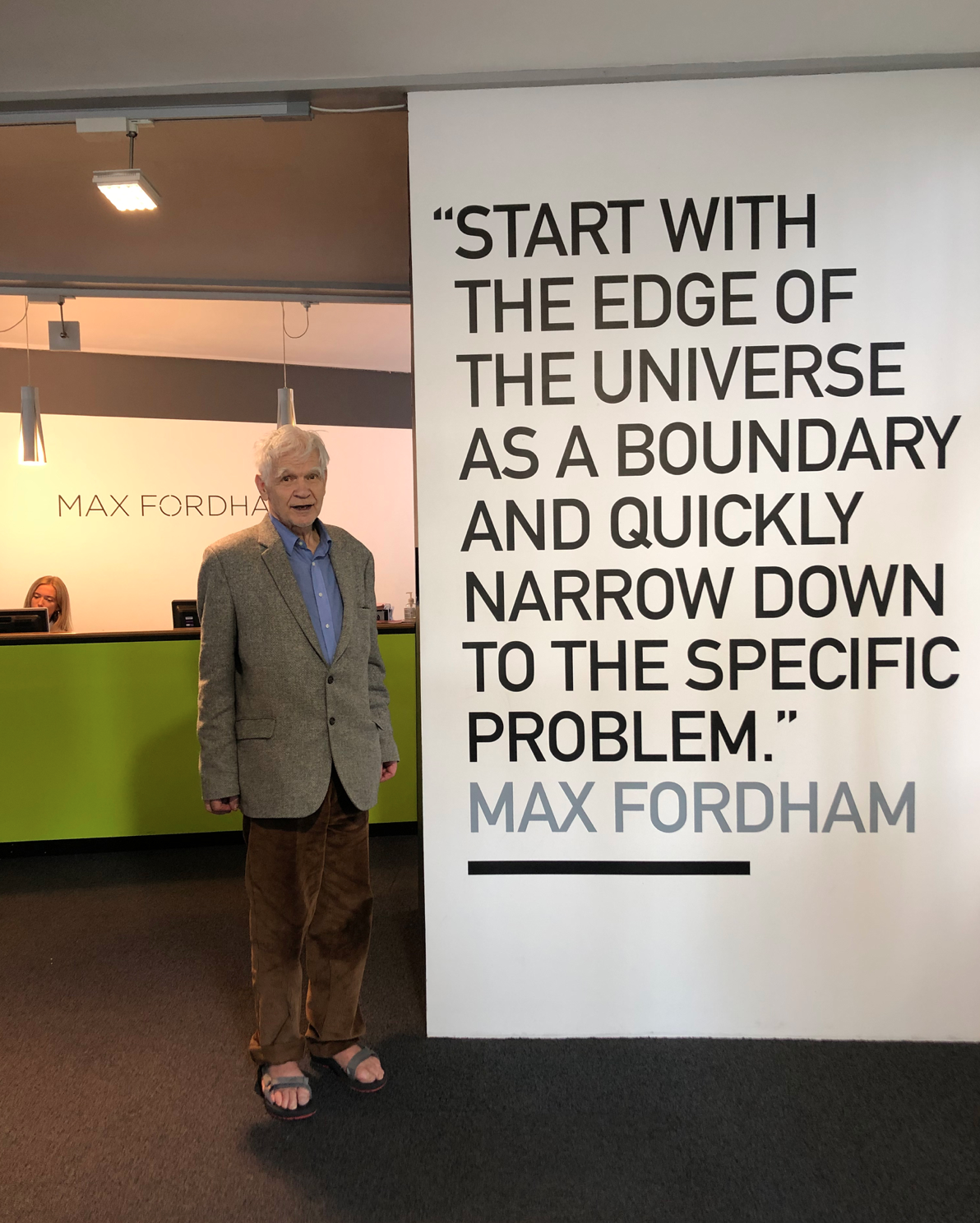
I’m delighted to be elected to the AA Council, in January 2021, as one of its new three members
12.05.2021
The Architecture Association, is a school of Architecture, that is constituted as a company limited by guarantee and is a registered charity.
The AA Council Members are both company directors and charity trustees. The AA Council is the governing body of the AA, and has an ultimate responsibility for the decisions that shape the AA’s strategic direction.
Election for Council representatives is open to more than 3,000 members worldwide who are eligible to take part, including members of the School Community of around 1,180 current staff and students. This year Council had sought to recruit individuals with extensive experience and substantial achievements in higher education or academic research, and with international experience and expertise in making connections with communities around the world, to complement Council’s skillset and to support and promote the school’s global community and international student body.
For a long time, and until summer 2019, the AA was still a Partner Institution and Affiliated Research Centre of The Open University (OU), UK. All taught graduate degrees at the AA were validated by the OU. But, not anymore. In 2021 the AA is an independent school of architecture that is able to control awarding all the degrees that are enrolled there, from Foundation and graduate courses all the way to it PhD program.

My Statement Letter submitted towards the election, in November 2020
The reason I’m interested in joining the AA Council, is my wish to help the effort to give the AA more creative future.
As my CV reveals, I’m an experienced educator (teaching architectural design, giving seminars), and an experienced researcher. I’m well connected internationally too. My expertise during the last ten years evolved around the subject of why beauty matters in architecture, and why architecture and beauty – since the 1940s-50s – have such a troubled relationship.
It is for quite a while that architecture as a discipline is not being understood, or appreciated, for what its professionals, the architects, are particularly excel at, and contribute substantially and effectively to the different processes of design.
I believe that it is due to years of pressing on ethics and shying away from claiming involvement with aesthetics. It is very much so since beauty became a taboo word across culture. Our task these days should be to keep demonstrating how equal roles aesthetics and ethics play in our profession, as we are the only discipline involved in the design process that could negotiate the two successfully, and we should be able to take a pride in that.
Moreover, design has to take on the widest scope to better life in cities as anywhere else. It was Max Fordham, the English environmental engineer, who emphasized in a speech he gave in 2008: “A scientist…goes through a process of excluding variables until the results are repeatable …A designer has to search by exploring the whole environment of people and produce an idea that adds to their pleasure and experience of the culture around them… satisfying the needs and desires of sentient people… Design has to take on the widest scope.”
I believe that this observation is highly relevant today in the world of architecture, as more often than not the academic scope of architectural design is kept being reduced for its research purposes. Yet, when architecture is being taught, or dealt with in practice, it is highly important not to leave behind the needs and desires of the sentient human-beings, along the urgent ecological conditions needed for our environment, due to the Anthropocene and climate change. The design respond should be inclusive – it should be technological, and social, and political, and cultural. Indeed, our profession is one of the more complex ones. We must confront all frontiers, while speculating through design.
I’m convinced that any school of architecture should aim to freshly explore the fulsomeness of architecture, bringing new meanings into urban context, while remembering that any progressive design fails without aspiring to beauty, since its experience raises not only people’s wellbeing, but, their health.
Great architecture emerges from the creative tension between the variables architects are engaged with through the design process, sifting through ideas, tools and resources, striving to achieve a result that is original, profound, clever, economical, clear, surprising, sometimes ambiguous; yes, those are the characteristics of beauty, while we have to remember that the moment in design when everything fall into place is the moment when beauty was probably achieved.
I think it is the architects’ creative role to bring new beauties to cities, celebrating pluralism authentically, substituting alienation with widening the pallet of our emotional involvement, and introducing contemporary, diverse, experiences of beauty into architecture, a concept for our age, a product of individuals for other individuals. I strongly believe that in our time, beauty is not a singular idea, but its plurality prevails.

Under construction.